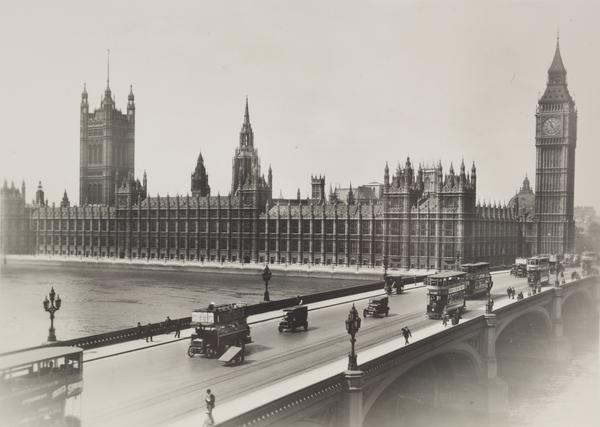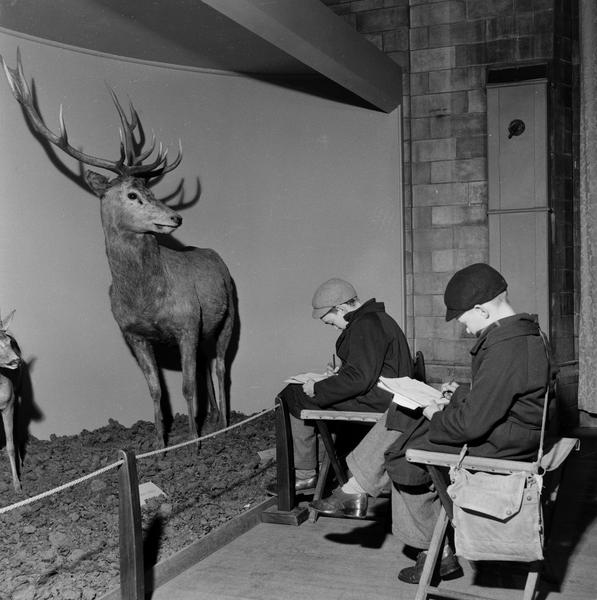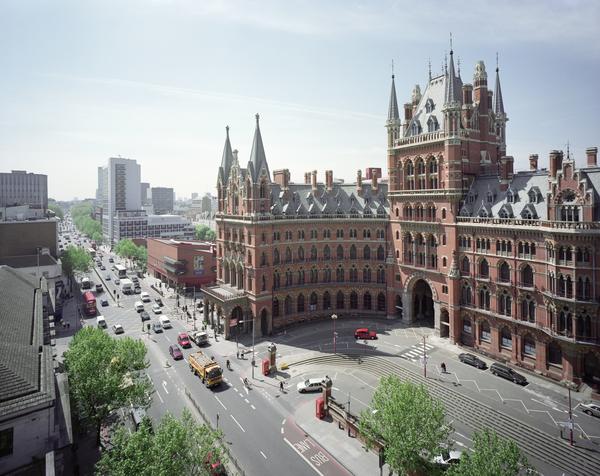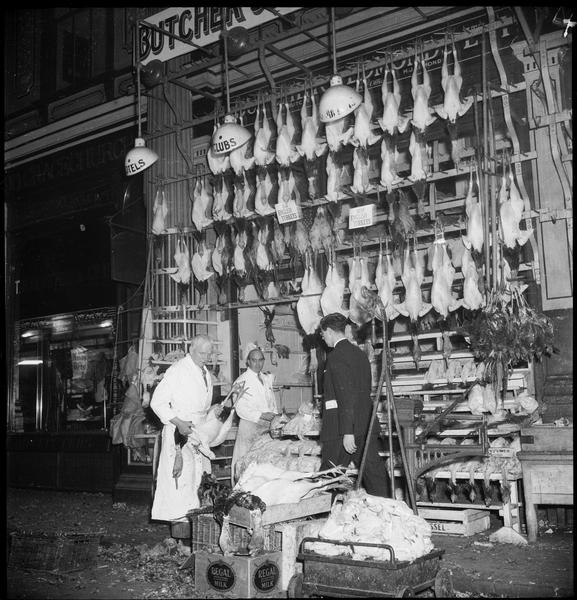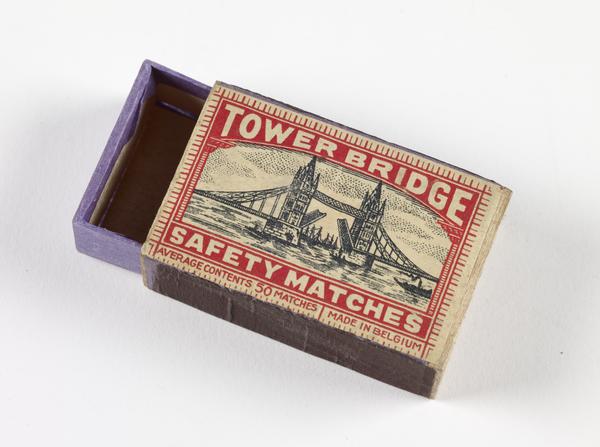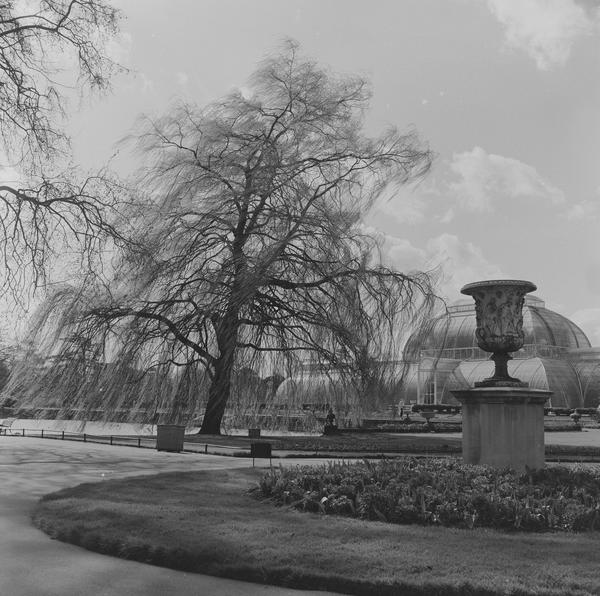London’s Victorian-era architecture
During the reign of Queen Victoria from 1837 to 1901, London’s architecture became a mash-up of styles, old and new. Many buildings were designed looking far back into the past, like the popular medieval-inspired gothic revival style. But the expansion of transport networks and innovations in engineering also meant materials like iron, plate glass and terracotta were widely used for the first time.
1837 – today

Palace of Westminster
In 1834, a fire destroyed most of the medieval Palace of Westminster, the home of the British parliament. The new building opened in 1870, designed by architects Charles Barry and Augustus Pugin. The palace’s gothic elements, like steeply pitched roofs and turrets, are organised with a sense of order, balance and symmetry typical of classical buildings.

Gibson Hall, City of London
Named after its architect, John Gibson, this grand building was once the head office for the National Provincial Bank. It was built in a classical style with evenly spaced columns that reflect the temples of ancient Greece and Rome. If you look up, you’ll see it’s covered in detailed reliefs and topped with sculptures representing different British cities.

Natural History Museum, South Kensington
Another building that looks back to medieval times. Built in a mixture of gothic and Romanesque styles between 1873 and 1880, it was designed by Alfred Waterhouse to be a “cathedral to nature”. The museum is covered in terracotta tiles and sculptures of the natural world. Terracotta was thought to best resist Victorian London’s pollution.

The Midland Grand Hotel, King’s Cross (now St Pancras Renaissance Hotel)
This red brick hotel was built by one of gothic revival’s key architects, George Gilbert Scott. Originally called the Midland Grand Hotel, it opened in front of St Pancras Station, the end of the Midland Railway, in 1873. The hotel closed in 1935 and was earmarked for demolition, but after a campaign in the 1960s saved it, it reopened as a luxury hotel in 2011.

Leadenhall Market, City of London
A market for poultry and produce has existed here since the 1300s. In the 1880s, the stone market was rebuilt to designs by Horace Jones, also the architect of Billingsgate and Smithfield markets. The new structure was built with glass and wrought iron. Stroll down its cobbled walkways today and you’re taken right back to Victorian times.

Tower Bridge
This marvel of Victorian engineering was designed to complement the 11th-century White Tower in the nearby Tower of London. It was designed by Horace Jones and built by engineer John Wolfe Barry, son of Charles Barry, between 1886 and 1894. It’s a ‘bascule’ bridge, so both sides of the road open on a pivot to let boats through as they travel along the River Thames.

The Palm House at Kew Gardens
Kew Gardens’ huge Palm House, opened in 1848, is home to a range of tropical and subtropical plants. Built using glass and wrought iron, it was the first glasshouse to be built on this scale. Architects used techniques from the ship industry, hence why it looks like a hull of a ship turned upside down.


